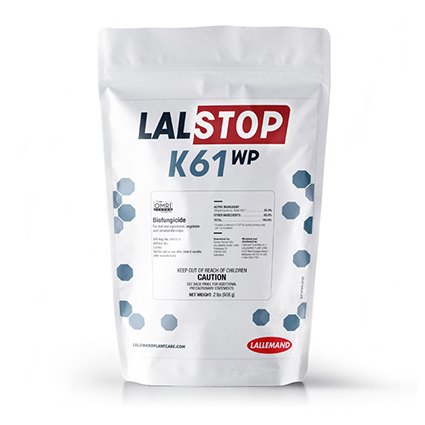Why Hemp Strain Selection Comes Down to Final Product, Geography
Hemp strain selection is vastly different and yet shares some of the same concerns, as it’s closely related to high-THC cannabis.
Selecting strains based on how the flower will take shape as an end product — CBD extract, smokable hemp flower, or CBG-based infused food product formulation, among many others — is probably the first step in selecting the right strains.
“With hemp, it can be tricky because the priority of what you’re breeding for can alter the results you see at the end of the season,” says Matt Haddad, CEO of genetics provider Trilogene Seeds. “Is it vigor or resistance to mold and pests, or is it just top-end CBD and low-end THC content? Is it high CBG? What about minor cannabinoids? There are so many different angles to play that I think the farmer needs to first know what the end goal of the biomass is at planting, then they can pick and choose the right genetics for their situation.”
Unlike cannabis, where different strains tend to track similarly across a wide geography, hemp cultivars have largely been selected based on regional preferences, meaning a strain that thrives in a greenhouse soaking up the desert sun outside Las Vegas probably won’t perform in the same fashion if it’s grown on a former sod farm in the Pacific Northwest.
“A variety that might work well in Colorado might not work so good in Florida, and vice versa,” Haddad says. “I think about regionalizing cultivars, and this is where we get into Trilogene’s competitive edge in the market. We’ve created and released more genetics to the market than any other company because we understand the diversity that is necessary to evolve hemp genetics to the point where everyone (in the industry) wants to see it get to.”
Another difference in the two markets genetics-wise is the emerging cannabinoids trend that is taking hemp by storm. Legal cannabis growers are also playing in this game, as well, but it’s really reached a fever pitch in the hemp market as the price of CBD biomass craters and farmers look to other cannabinoids for premiums.
“I guess the point is, what we’re growing today in two or three years, nobody will be growing it anymore,” Haddad says. “Genetics will improve and excel so much in the next couple years that what we’re doing today in breeding is largely just a stepping stone to the next level.”
When it comes to producing hemp in the greenhouse, which many growers are looking at more closely to produce high-quality, terpene-filled, smokable hemp flower products versus the outdoor row-crop hemp that is largely a pure biomass play, Haddad says he recommends taller-reaching strains versus ones that grow more stoutly.
“We have some indica-dominant strains that will grow more stoutly, which makes them better suited for indoor production. And we have ones that will stretch, or grow more vertically, for greenhouse production,” he says. “And then we have other ones that will have very small variation between individual plants, so those are good for outdoor cultivation due to their ease of harvest. You can have a pretty uniform crop with those.”









